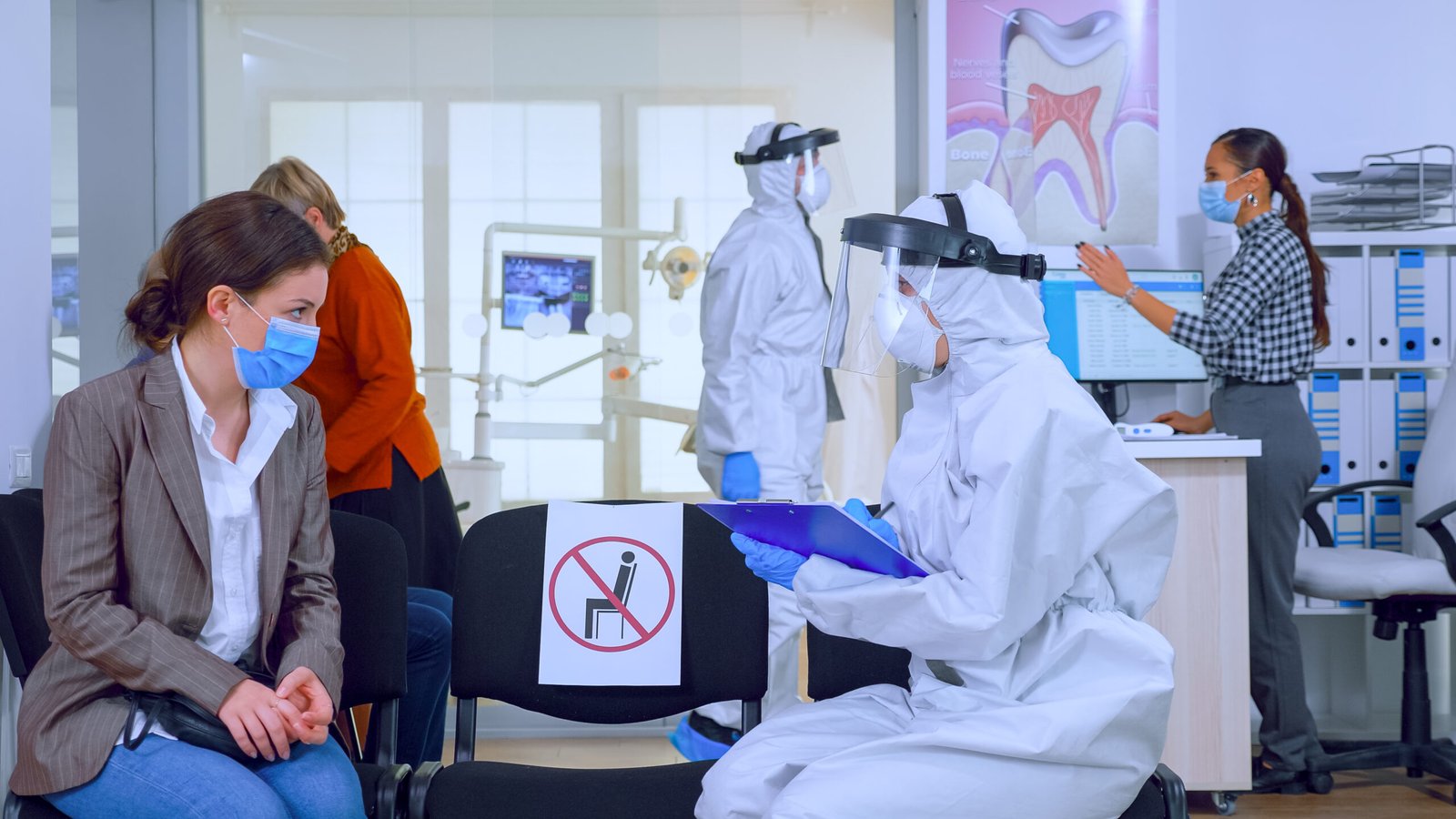When the world hit pause, dental clinics, those familiar havens of pearly-white perfection, went quiet. For patients used to routine check-ups or quick fixes, this was more than inconvenient; it was downright terrifying. Suddenly, a chipped tooth, a throbbing molar, or a loose crown wasn’t just a nuisance. It felt like a crisis.
When a Toothache Feels Like the End of the World
Picture biting into your morning toast and feeling an intense, sharp pain. Normally, a quick visit to your local dentist would do the trick. During the pandemic, however, clinics were closed or operating at reduced capacity, leaving patients scrambling for relief. Ice packs, saltwater rinses, and Google-fueled DIY remedies became first-line defenses. For many, these temporary measures were all that stood between them and escalating discomfort.
The Quest for the Quickest Emergency Dentist Appointment
For those who couldn’t wait, finding the quickest emergency dentist appointment became a top priority. Clinics that remained open adapted fast, streamlining bookings and prioritizing urgent cases. Some patients discovered the value of a direct line to an emergency dentist. It could mean the difference between a minor repair and weeks of pain, or worse, permanent damage.
Social Distancing Meets the Drill
Dental care thrives on close contact, so practices had to innovate under strict health protocols. Temperature checks, masks, gloves, and meticulous sanitization became standard. Staggered appointments ensured fewer people in waiting rooms, transforming what was once a routine visit into a slightly surreal experience. Patients often described it as comforting yet oddly detached, care delivered behind layers of protective gear.
Human Stories Behind the Masks
Every dental emergency had a story. There was the new mom whose teething toddler refused to nap while she tried to soothe her own sudden abscess. Or the college student facing an erupting wisdom tooth, trapped in a dorm during lockdown. Each tale highlighted that dental health is never just about teeth. It’s about wellbeing, stress, and sometimes sheer endurance.
Home Remedies: A Temporary Fix
Without immediate access to professional care, home remedies took center stage. Saltwater rinses, over-the-counter painkillers, careful diet adjustments, and frozen compresses became stopgaps. Yet even the most inventive DIY solutions could only do so much. The pandemic underscored a universal truth: nothing replaces professional dental care when a true emergency strikes.
Innovation Under Pressure
Necessity breeds innovation. Many clinics embraced telehealth, allowing dentists to triage patients via video, advise on pain management, and determine which cases required immediate intervention. Others developed streamlined emergency protocols to differentiate minor issues from urgent ones, ensuring that limited resources were allocated efficiently. Patients became part of the solution, learning to recognize warning signs that truly demanded professional attention.
Silver Linings Amid the Chaos
Amid the uncertainty, a subtle shift occurred. People became more conscientious about oral health, realizing that postponing treatment could escalate minor issues into full-blown emergencies. Awareness campaigns, online tutorials, and interactive consultations kept oral care on the radar, emphasizing that prevention is critical, even during global crises.
Lessons for the Future
The dental world emerged from the pandemic more resilient. Clinics refined emergency protocols, telehealth became mainstream, and patients gained a newfound respect for timely care. Those who endured unexpected dental emergencies now understand firsthand the importance of prompt attention, adaptability, and having access to reliable care.
For those interested in exploring the indication of care in emergency cases during the pandemic, the pandemic offered critical insights into how emergency dentistry adapted, saved smiles, and reshaped patient expectations for years to come.
